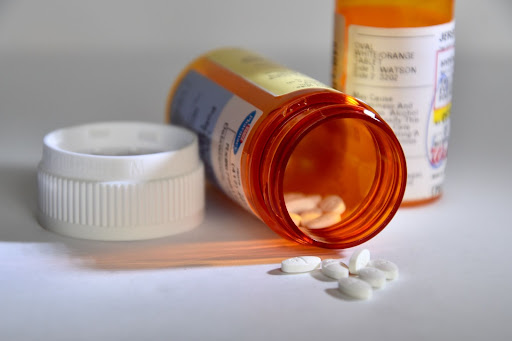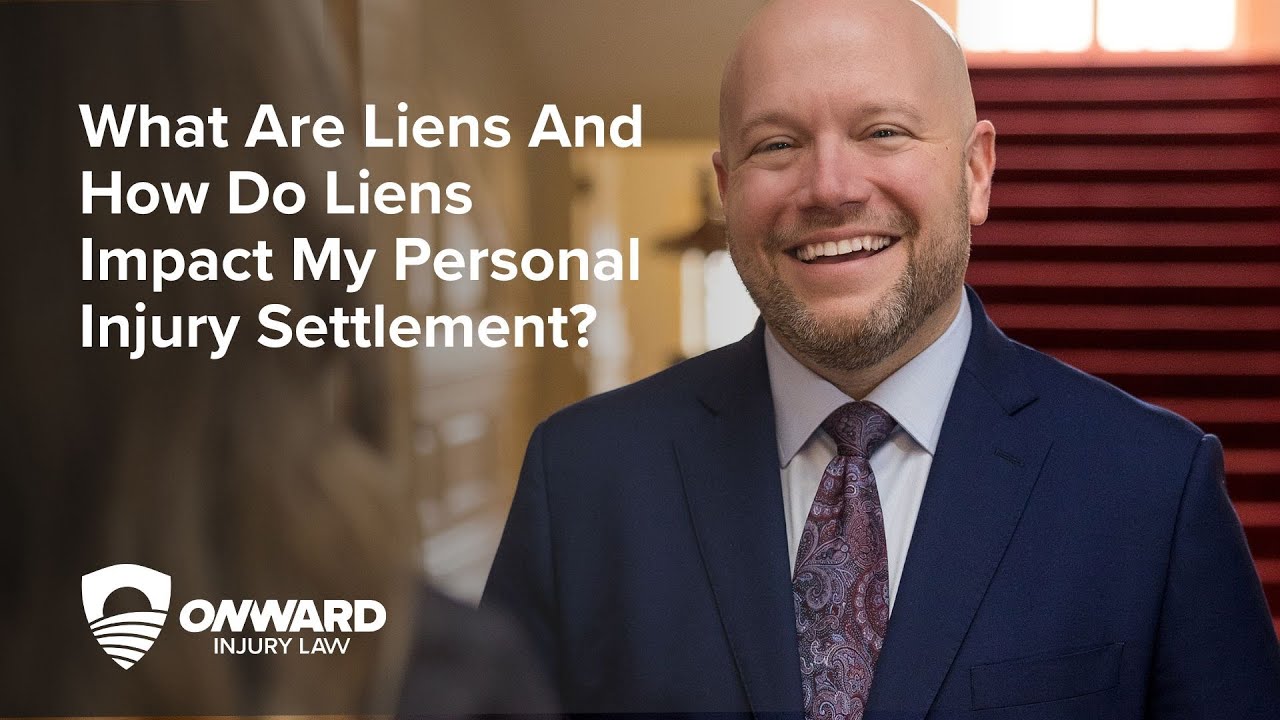Poison Prevention: What You Need to Know | National Poison Prevention Week

Over 50 years ago, Congress designated the third full week of March as National Poison Prevention Week to raise awareness, reduce unintentional poisonings, and promote poison prevention.
Poisons are substances that, taken in enough quantity, can cause illness, injury or death when ingested, inhaled, injected, or otherwise absorbed into the body. While most poisonings involve swallowing something, it’s important to remember that exposure can be via the eyes, skin, and lungs as well. And, more than 90% of all poisonings happen in the home. We all keep hundreds of items in our homes that are potential poisons. It’s impossible to eliminate them.
The statistics on poisoning are frightening:
- It’s the leading cause of unintentional injury death, almost 90 people a day.
- Each year poison control centers handle a call every 13 seconds, answering more than 2.6 million calls annually.
- Over half the cases involve children 12 and under; the number of kids dying from poisoning each year has more than doubled since 1999.
- According to the CDC, 300 kids are treated in the US every day and 2 die as a result of poisoning.
Here are a few areas of focus to keep you and yours safe from accidental poisoning:
Education & Storage
Learn what’s potentially toxic and focus on how you store those products; also provide age-appropriate guidance to the kids —
- Read the labels to know exactly what you’re getting and storing in your home; understand the terms found on product labels:
- “Caution” indicates the lowest level of potential harm
- “Warning” indicates a higher level of risk, meaning someone could be seriously ill or injured
- “Danger” represents the highest level of the possible harm, including blindness, death, tissue damage to the skin, or damage to mouth, throat, or stomach
- The CDC recommends keeping medications and toxic products in original packaging, stored out of sight and out of reach of curious children.
- Don’t leave toxic substances on a counter or in an unsecured cabinet where kids may find it.
- But, there’s no such thing as a child-proof lock or container — so there’s no substitute for adult supervision and vigilance. Leaving young children alone and unsupervised, even briefly, can be disastrous.
- Always follow instructions on product labels; bleach is especially toxic and should not be mixed with anything other than water.
Household chemicals are no longer the only risks. Some newer areas of focus include:
Opiate Poisonings
Acute opioid poisonings are at an all-time high, with one person dying every 7 minutes. The lifetime risk of death from accidental opioid poisoning is greater than the odds of dying in a car crash and it’s become a leading cause of death in those under 40. Not just the traditional addicts are dying. One in four Americans knows someone impacted by this crisis. These aren’t overdoses, as usually defined. Rather they are poisonings. A host of drugs acquired on the street, not just those advertised as opiates or pain pills, have been laced with an unknown quantity of fentanyl, an opiate lethal in microgram quantities. Literally one pill can kill you. Be sure to stress this with your teens and young adult children. Never take a pill that wasn’t obtained from a U.S. pharmacy (counterfeit pills laced with fentanyl are even showing up in Mexican pharmacies — a not uncommon source of cheaper medication).
Detergent Pods
The pods sold for laundry and dishwashing are attractive to infants and toddlers. They’re soft and colorful and resemble candy, toys, and teething products. But they pose a significant threat to our kids. The American Association of Poison Control Centers reported kids under five ingested, inhaled, or were exposed to single-load pods over 9,000 times one recent year. Adverse effects include severe vomiting, breathing trouble, burns to the esophagus, and even coma. The liquid in the pods can also cause burns to the eye and skin. Keep them away from kids.
Button Batteries
These little silver colored disks that power all sorts of things in our homes, from toys to electronics to watches, can cause serious injury or death when kids ingest them. We discussed them in another blog [potential internal link]; keep them away from the younger kids.
Prescription Medications
While children are major victims of poisoning in terms of numbers exposed, the elderly actually face the highest risk of death. A common source of poisoning for older adults is a prescription medication. We should help them take special precautions to keep them labeled, organized, and used safely as prescribed. A drug information profile is provided with every new prescription — read it and make sure your elderly loved ones understand it.
There is an old saying that an ounce of prevention is worth a pound of cure, so we should use this time to become aware of poison risks and prevention. But the risk is not completely avoidable, so we also should be prepared to deal with unintentional poisoning. Be sure to keep the National Poison Control Center number, (800) 222-1222, in your cell phone contacts and posted near your landline. And don’t be afraid or hesitate to call them if in doubt.



